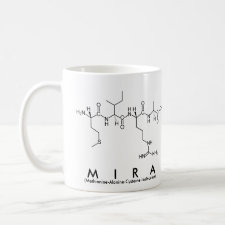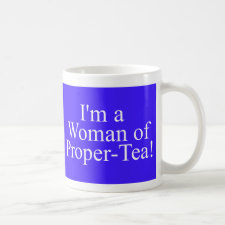
Authors: Gros M, Pizzolato TM, Petrovic M, de Alda MJL, Barceló D
Article Title: Trace level determination of β-blockers in waste waters by highly selective molecularly imprinted polymers extraction followed by liquid chromatography-quadrupole-linear ion trap mass spectrometry.
Publication date: 2008
Journal: Journal of Chromatography A
Volume: 1189
Issue: (1-2)
Page numbers: 374-384.
DOI: 10.1016/j.chroma.2007.10.052
Alternative URL: http://www.sciencedirect.com/science/article/B6TG8-4PYP72G-3/1/706fab2e93c284daa5d6a8891c899abf
Abstract: This paper describes the development of an analytical methodology to determine eight β-blockers in waste waters using molecularly imprinted polymers (MIPs) as extraction and pre-concentration material, followed by liquid chromatography-quadrupole-linear ion trap mass spectrometry (LC-QqLIT MS). The advantages offered by MIPs, in terms of selectivity and specificity, were compared with the most commonly polymeric materials used (the lipophilic-hydrophilic balanced Oasis« HLB cartridges). Even though recoveries achieved with both sorbents were similar, ranging from 50 to 110% for sewage treatment plant (STP) effluent and 40-110 for STP influent, respectively, MIPs provided lower method detection limits than Oasis« HLB, due to their specificity for target analytes and closely related analogues. Method detection limits (MDL) achieved using MIPs ranged from 0.2 to 6.4áng/L for STP effluent and from 0.4 to 6.5áng/L for STP influent. To highlight the advantages of MIPs against conventional polymeric cartridges, a detailed matrix effects study as well as cross reactivity tests were performed. For the latter purpose, the extraction efficiency of some pharmaceuticals and pesticides belonging to different therapeutic classes was assessed. LC-QqLIT MS, used for quantification and confirmation, proved to be a powerful analytical tool, as instrumental detection limits (IDL) achieved ranged from 0.2 to 2.7ápg injected (in multiple reaction monitoring mode (MRM)). In addition the inclusion of high sensitive MS/MS scans for each compound when working in Information Dependent Acquisition mode (IDA) provided extra confirmation for unequivocal identification of target compounds in complex environmental matrices
Author keywords: molecularly imprinted polymers (MIP), β-Blockers, Waste water analysis, Liquid chromatography-quadrupole-linear ion trap (QqLIT)



Join the Society for Molecular Imprinting

New items RSS feed
Sign-up for e-mail updates:
Choose between receiving an occasional newsletter or more frequent e-mail alerts.
Click here to go to the sign-up page.
Is your name elemental or peptidic? Enter your name and find out by clicking either of the buttons below!
Other products you may like:
 MIPdatabase
MIPdatabase









